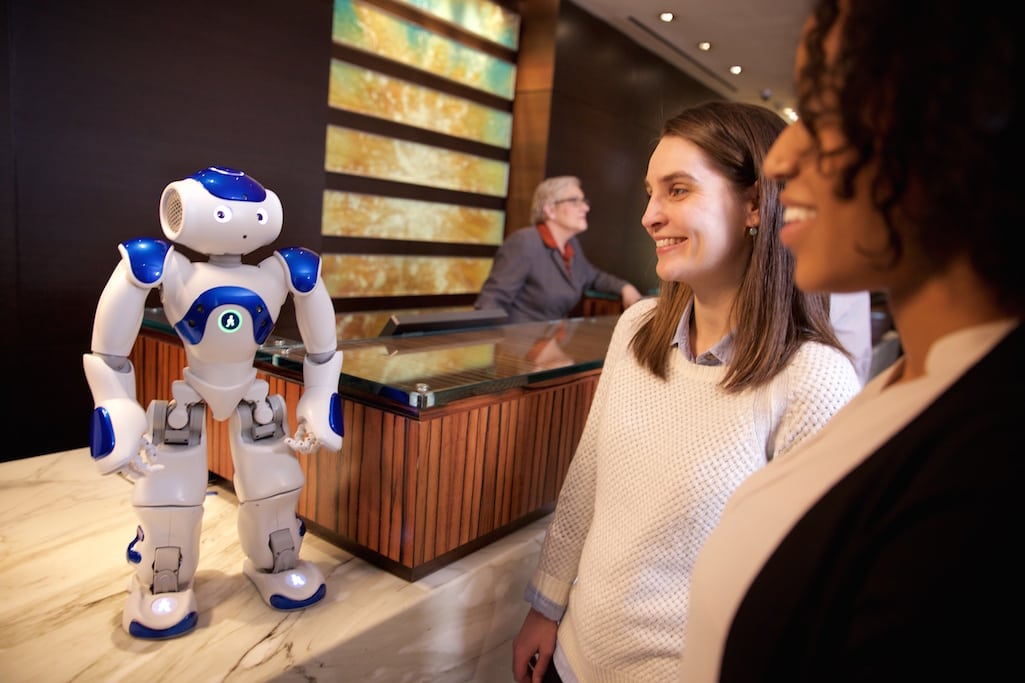The Tiny Hilton Robot Concierge That Hints at IBM's Ambitious Plans for Travel

Skift Take
Robots in hotels aren't a new phenomenon, but this is the first one to be powered by IBM's Watson.
Hilton Worldwide and IBM are collaborating to pilot a new Watson-enabled robot concierge.
Named "Connie" in honor of Hilton founder Conrad Hilton, it marks the first time IBM has developed a Watson-enabled robot specifically for the hospitality market.
Connie uses domain knowledge from Watson and WayBlazer to answer guests' questions about local attractions, dining recommendations, and hotel features and amenities. Right now, Connie is stationed near the reception desk at the Hilton McLean in Virginia, close to Hilton's headquarters, and has been in use for the past month. Hilton hasn't yet set an end date for the pilot program.
The 2.5-foot-tall robot uses a combination of Watson APIs that include Dialog, Speech to Text, Text to Speech, and Natural Language Classifier, to be able to greet guests on arrival and answer their questions about amenities, services, and operations. It uses WayBlazer's travel domain knowledge to be able to suggest local attractions off property.
This isn't the first use of robots in hospitality. In 2014, Starwood's Aloft brand debuted Botlr, a robotic bellhop. Last July, a new hotel that uses robots for nearly all of its hotel operati
